
Whats the Difference Between a Knee Scooter and a Knee Walker
- Perhaps you are researching an alternative to crutches, and have come across a few different terms to refer to the device you rest your leg on.
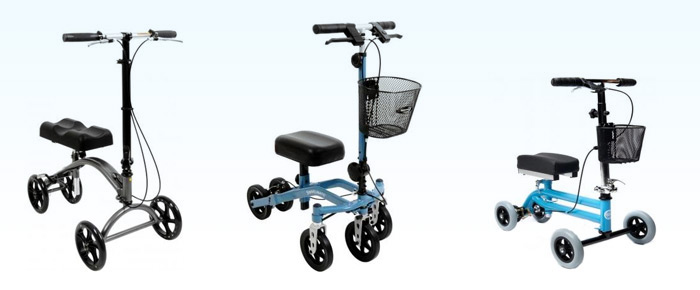
We get many questions from people inquiring about knee walkers and knee scooters. In this guide, we'll address the differences between them and other terms that might be confusing.
How do all of these differ? Are they similar?
Let's start with the two most prominent terms you'll find out there.What's the Difference Between a Knee Scooter and Knee Walker?
The terms knee scooter and knee walker are interchangeable terms used to refer to the same device. The term knee scooter is the one most commonly used, followed by the term knee walker. But they both refer to the exact same mobility aid device.
For the uninitiated, a knee scooter is a wheeled device that allows you to rest your injured leg on a padded platform at a 90 degree angle, while you use your good foot to push yourself forward. Using the handlebars, you steer towards the direction you want to go.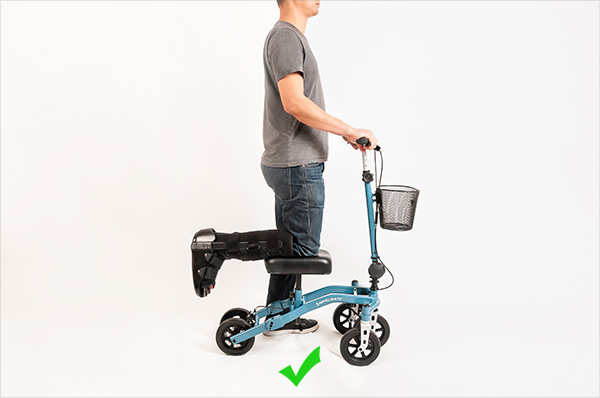
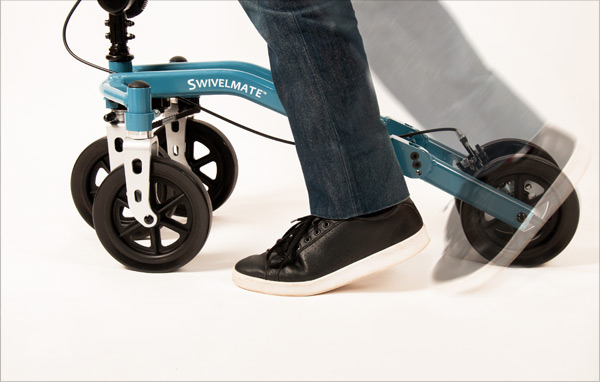
For a good reason, knee walkers have become an increasingly popular mobility choice for people recovering from foot or ankle injuries.
They're a modern solution from the traditional crutches because knee walkers allow you to move around easily and enable you to stand up and rest hands-free. With both your hands available, you get to keep doing most (if not all) your usual chores and activities.Other Similar Terms
You may have heard other terms such as knee caddy, roll about, leg scooter, leg walker, knee coaster, steerable knee scooter, or medical scooter. Again, all these terms refer to the same device.Not to be Confused with a Walker or Rollator.
Knee walkers are not to be confused with walkers (or rollators); they are two separate and different devices.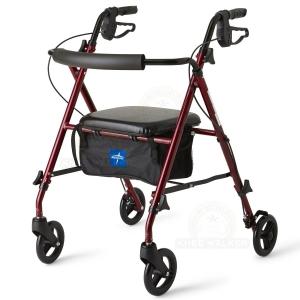
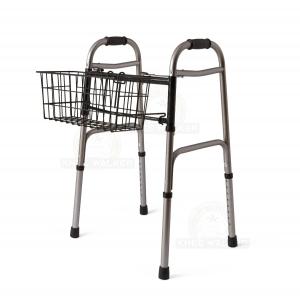
These walkers are a frame, some on them on wheels, that are used by folks who need support to maintain balance while walking. Knee walkers are used when a person has a below the knee injury on one leg and must remain non-weight bearing as prescribed by a doctor.What are they Used for?
As mentioned above, a doctor will recommend a knee walker for below-the-knee injuries such as Achilles tendon ruptures, ankle fractures, and sprained ankles, among many others that require a non-weight bearing period.
Related: Non-Weight Bearing Medical Conditions
Now that we've addressed that a knee scooter is the same thing as a knee walker—let's discuss the different types of knee walkers out there.What are the Different Types of Knee Walkers?
There are four main types of knee walkers: indoor, outdoor, seated, and pediatric knee scooters.Indoor
Most indoor knee walkers come equipped with non-marking solid wheels. Although, this is not to say that they can't be used outdoors. But if you'll be mostly using it outdoors, an all-terrain knee scooter will be a better choice for comfort. More on them later.
The best models that will assist a person with indoor use will be models with a great turning radius. Having a knee scooter that you can navigate easily around corners, narrow hallways, or small rooms is essential.
Particularly, homes in the north that go through harsh winters have narrow hallways and corridors to preserve the heat inside.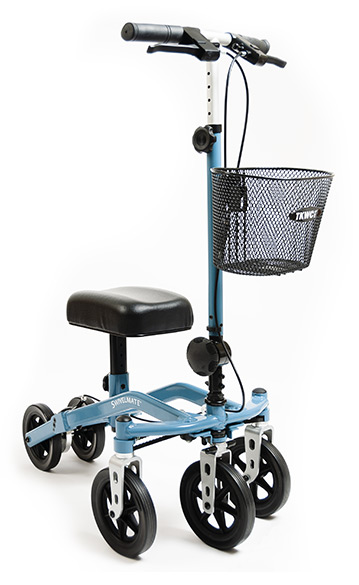
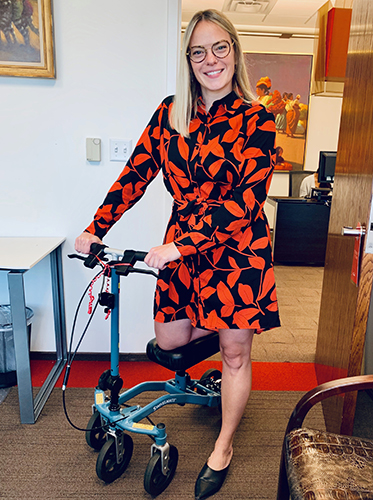
Our Recommendation Outdoor
Outdoor models are called All-Terrain Knee Walkers—they excel when used outside, but they're also fully usable indoors. The larger air-filled rubber wheels absorb all the shot of rough terrains like concrete, uneven surfaces like sidewalks, light grass, etc.
For people who are active and want to enjoy outdoor activities, these are a great fit.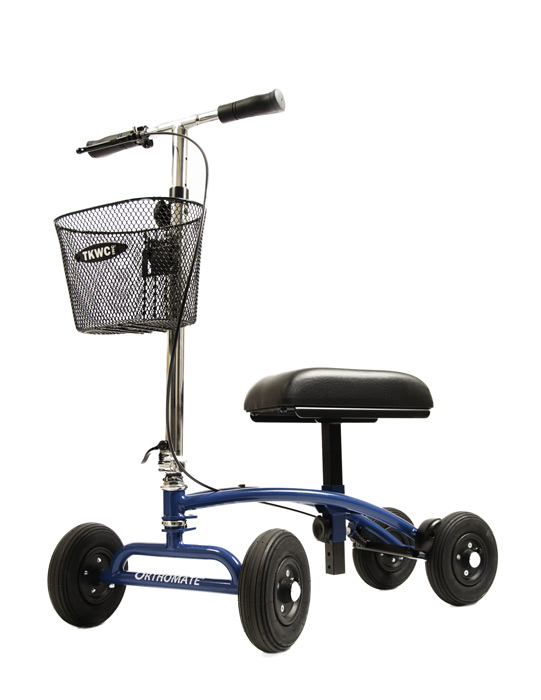
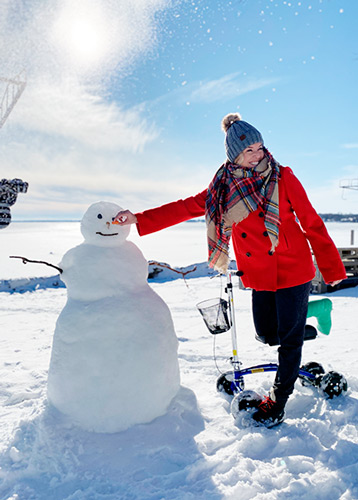 Our Recommendation
Our Recommendation
Seated Knee Walkers
A seated knee scooter is a wheeled device that allows a person to stand upright and roll while keeping their injured leg non-weight bearing. The seated knee scooter resembles a bicycle at a glance, but instead of pushing yourself forward with pedals, you propel yourself with your able foot. In essence, it's a knee walker you can sit on.
They are recommended for people who cannot use a knee scooter because they have an injured or sensitive knee. You can learn more about them on our guide to seated knee walkers.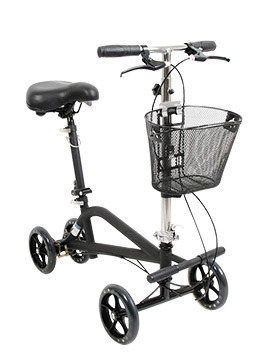
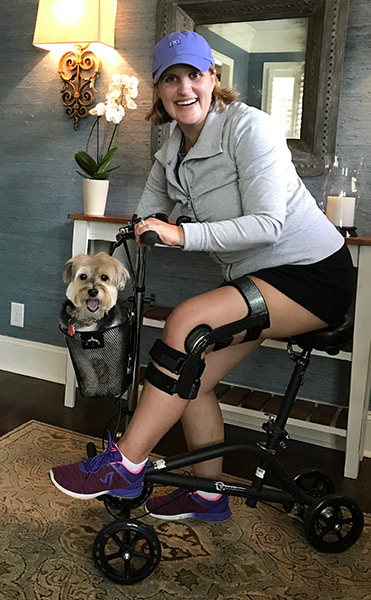 Our Recommendation
Our Recommendation
Pediatric
Using a knee walker that can be adjusted to your size is important for proper use, safety and maximizing comfort.
For kids or adults below 5'5", with any below the knee injuries, we recommend renting or buying a pediatric knee scooter. These will enable your child to scoot up and down the school hallways and get them around everywhere with ease and comfort. It will make their recovery more fun, thus keeping them in high spirits during recovery.
Many petite adults have trouble properly adjusting a standard adult size knee scooter, which makes for an uncomfortable use.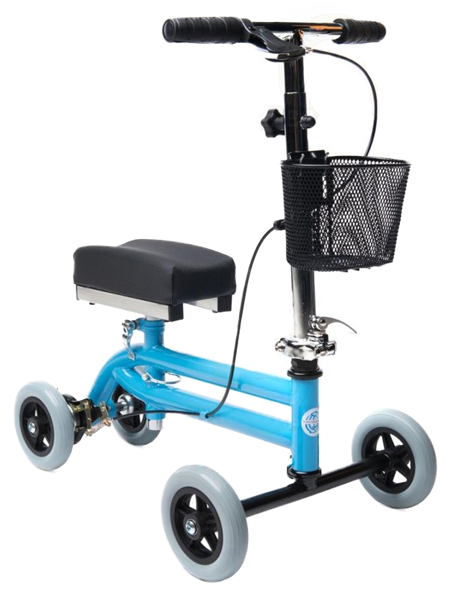
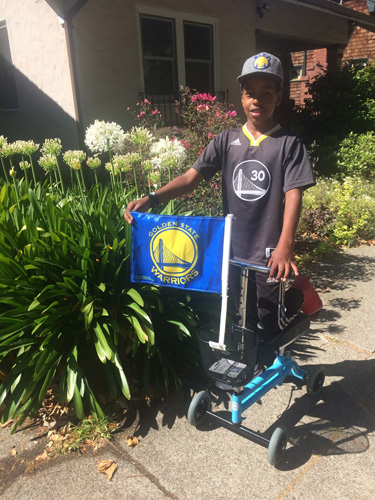 Our Recommendation
Our Recommendation
Still Need Help Choosing?
Check out our guide on how to choose the right knee walker for you.
If you prefer to talk to someone, we are always happy to answer your questions, just call us at 877-520-3708, and someone from our team can help guide you choose a knee walker for you.
More Great Rent A Knee Walker News & Stories
- •
- •
- •
- •

